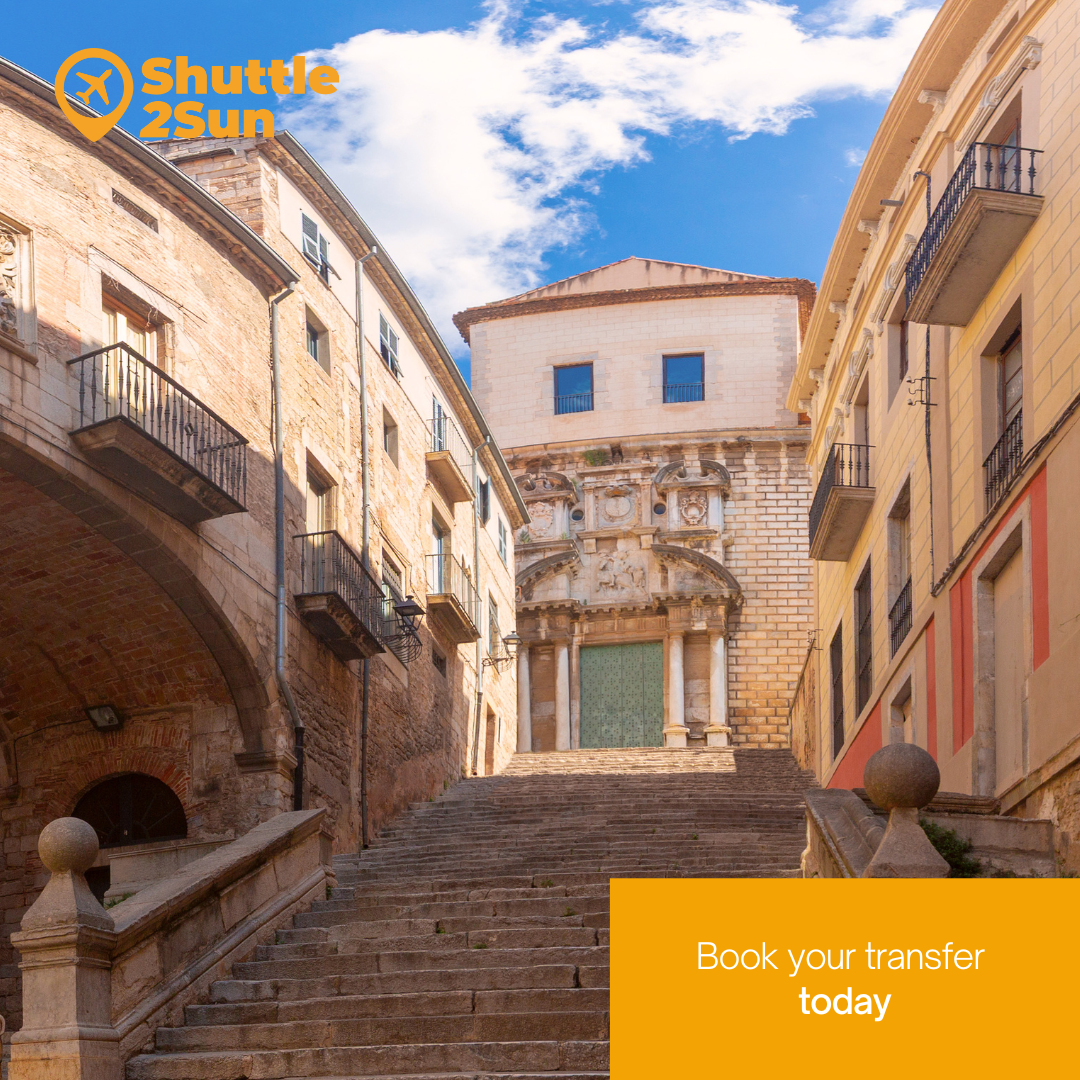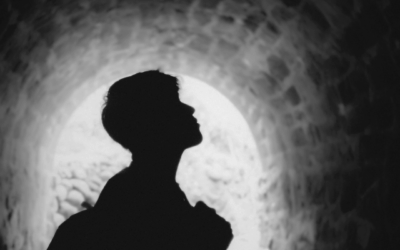Girona is world-famous for its impressive cathedral, its houses along the River Onyar, and the timeless charm of the Old Quarter (Barri Vell). However, to capture the true soul of the city, you must venture beyond the main thoroughfares and lose yourself in its intricate stone labyrinth. It is there, in the narrow streets, steep stairways and hidden corners of the old Jewish quarter (Call), that the city reveals its most fascinating and curious stories.
Every street in Girona seems to whisper secrets from centuries past—from medieval legends to traditions linking prosperity and superstition. Its uneven pavements, stone arches and the shadows cast by its centuries-old walls make it a living stage, a place where urban planning becomes a historical work of art.
In this article, we invite you to leave your map behind and discover those corners that rarely appear in conventional tourist guides. To start with, remember to book your Barcelona Airport Girona Transfer in advance. A great option is Shuttle2Sun‘s low-cost and sustainable shared transfer services and private transfer services, which can take you to Girona and Costa Brava from Barcelona Airport, Barcelona Port, Reus Airport, Girona Airport and Camp de Tarragona AVE train station.
Carrer de les Mosques and the Miracle of Sant Narcís
Carrer de les Mosques (Fly Street) is undoubtedly one of the most unique and popular streets in Girona, not so much for its architecture, but for the peculiar legend from which it takes its name. It is a narrow, short street located in the heart of Barri Vell, which owes its fame to a legendary event that took place during the French siege of the city in 1285.
The Legend of the Flies
The story goes that while invading French troops were desecrating the relics of Saint Narcís, patron saint of Girona, a plague of giant flies suddenly burst forth from his tomb. These insects attacked the soldiers with fury, seriously injuring or even killing them, finally forcing the army to lift the siege of the city. The miracle of Saint Narcís and the flies became a symbol of divine protection for Girona.
The Pujada de Sant Domènec
The Pujada de Sant Domènec is not only a curious street, but also one of the most emblematic and photographed monumental stairways in Girona. Its dramatic and majestic layout makes it an architectural landmark and, more recently, a popular film and television location. The construction uses large stone steps, framed by stately buildings. The view from below, looking up, offers a sense of historic and solemn ascent.

With the shared transfer services and private transfer services offered by Shuttle2Sun, which are low-cost and sustainable, you can travel comfortably to Girona and Costa Brava from Barcelona Airport, Barcelona Port, Reus Airport, Girona Airport and the Camp de Tarragona AVE train station.
La Rambla de la Llibertat and Its Executed Men
The Rambla de la Llibertat is the social and commercial heart of Girona, known for its arches and porticoes that invite visitors to stroll. In the past, this busy street—formerly known as Plaça de les Cols—also hosted the market.
Under the vaults of the Rambla, the attentive eye can find three capitals carved with unusual imagery: a figure half-man, half-snail; a man playing a bagpipe; and a bearded head with vampire wings. Although these figures could be simple Gothic marginalia, the most widespread legend links them to the memory of people who were executed on the Rambla over the centuries.

Plaça dels Raïms, the Smallest Square in the World
Hidden among the multitude of narrow alleys in Girona’s Barri Vell is another unique gem that boasts an an unofficial, yet much-loved, title: Plaça dels Raïms (Square of the Grapes), popularly known as ‘the smallest square in the world’.
Its name, ‘dels Raïms’ (of the Grapes), probably comes from its historical use as a trading point, possibly related to wine or the sale of grapes in times gone by, serving as a small space for unloading or transactions.
The Way of Hercules, along Carrer de la Força
Carrer de la Força (Force Street) is the fundamental historical artery of Girona and one of the oldest and most significant streets in all of Catalonia. This street represents the central axis on which the city was founded and grew over the centuries.
The importance of this street lies in the fact that it follows the original route of the ancient Roman Cardo Maximus, the main north-south street of the city of Gerunda. The Força began at the Roman wall, crossed the fortified centre and was the driving force of urban life. Carrer de la Força is also steeped in legend, as it is identified by popular tradition as part of the mythical ‘Way of Hercules’.
The Legend of the Banyeta, in Plaça del Vi
The Banyeta (which means ‘horns’ or ‘little horns’ in Catalan) is one of the most enigmatic figures in Girona’s streetscape, although, in fact, it does not give its name to a street, but to a curious stone sculpture strategically located on the corner of Plaça del Vi and Carrer dels Ciutadans.
The most widely accepted version of the story tells that the Banyeta was a merchant or moneylender who unscrupulously enriched himself at the expense of the citizens of Girona by charging exorbitant interest rates. As punishment for his excessive greed, one morning he appeared turned to stone, with devil’s horns, remaining perpetually exposed on the corner to remind everyone of the consequences of usury.
Girona is a city that demands to be explored on foot, stopping at every corner to listen to the stories that the stones have to tell. Book today Transfer from Barcelona Airport to Girona. Shuttle2Sun offers low-cost and sustainable shared transfer services and private transfer services so you can travel to Girona and Costa Brava from Barcelona Airport, Barcelona Port, Reus Airport, Girona Airport and Camp de Tarragona AVE train station.



